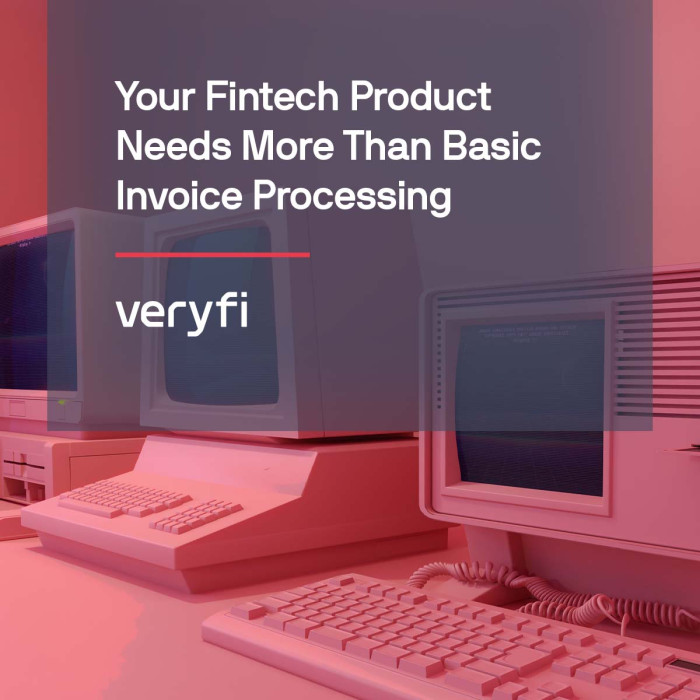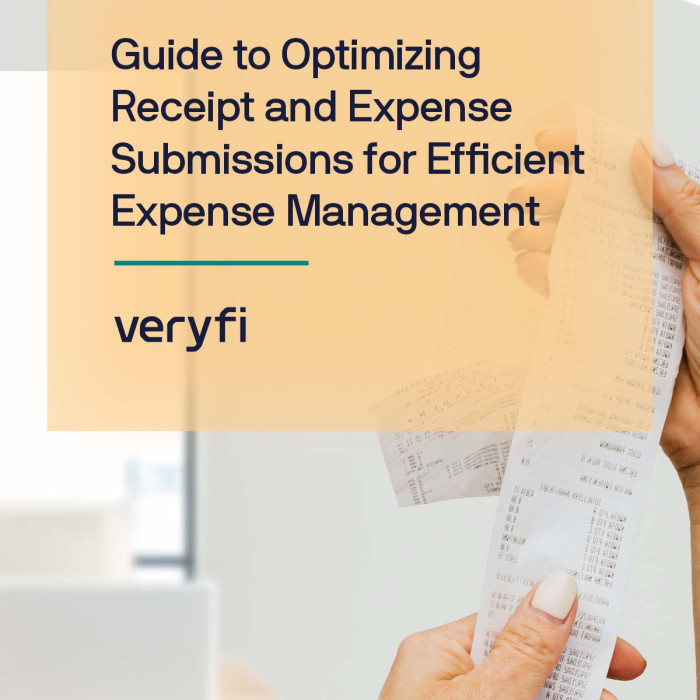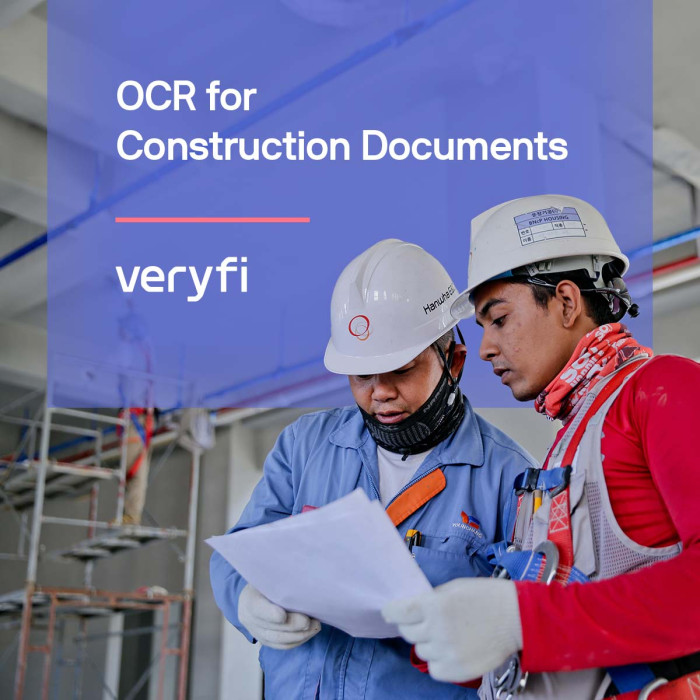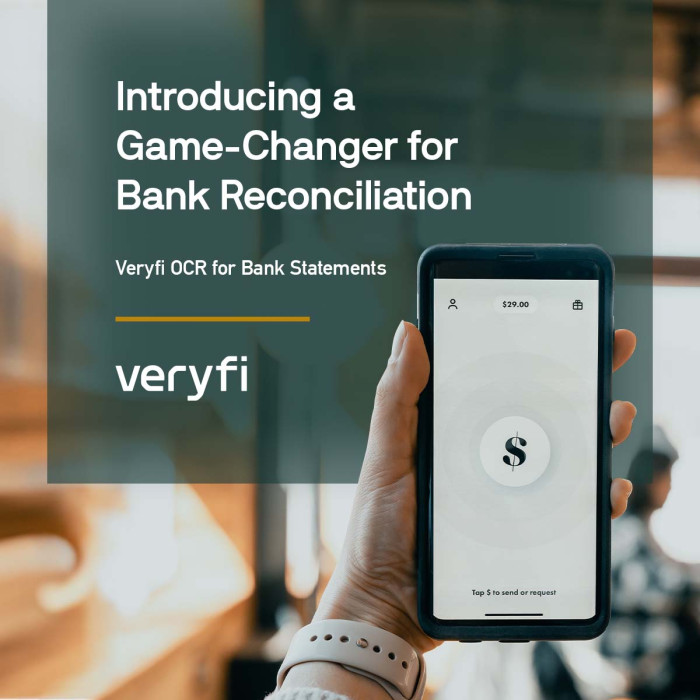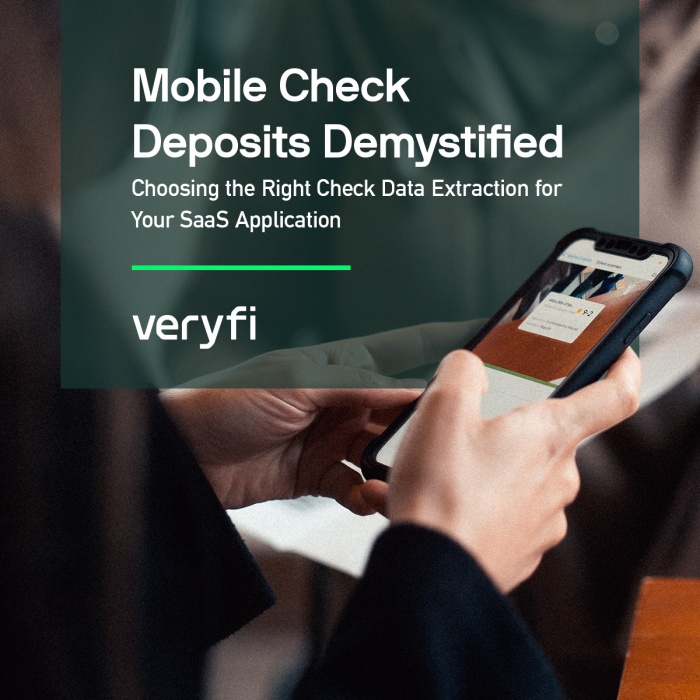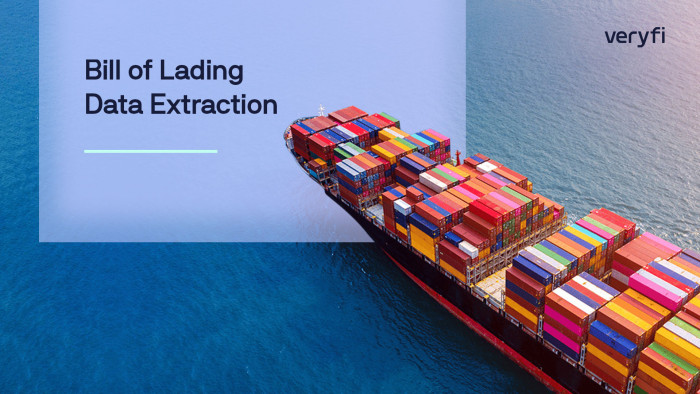Your business address, 20 sweatshirts, a payment due date: what do these three things have in common? At first glance, it might not seem like much. But, each of these pieces of purchase order (PO) data — or things that might be listed on a purchase order — are pieces of a puzzle that may reveal new customer insights.
No matter what kind of goods you’re buying or selling, a purchase order helps the process flow smoothly. However, manual processing of purchase orders is tedious, time consuming and error-prone. It’s all too easy for mistakes to happen.
Veryfi’s modern, AI-driven platform accurately captures purchase order data while eliminating the manual processing. Using artificial intelligence to process purchase orders, Veryfi increases data input accuracy and eliminates concerns about privacy and regulatory compliance. Simply put, Veryfi is revolutionizing the way purchase order data is captured and utilized.
What Is a Purchase Order?
A purchase order is a document given from a buyer to a seller that details the quantity, prices, and total cost of requested goods and services. Depending on the level of detail required to specify the items and services being purchased, a company might use a different type of purchase order, such as a standard, planned, blanket, or contract purchase order.
A purchase order is used to agree on:
- Transaction details
- Payment terms
- The fulfillment and delivery timeline
- Additional commercial issues or restrictions
A part of the larger procure-to-pay (P2P) lifecycle, the purchase order initiates the purchasing process. A PO is the document that triggers an invoice from a supplier or vendor. The invoice should specify the PO by number.
After both parties have agreed on the terms and the seller has accepted the purchase order, the PO becomes a legally binding contract. This means the PO can be used as collateral for credit terms from finance institutions, as a declaration for import pre-approval from customs, and as a manifest for export. The PO could also serve as the basis for a legal claim or suite should the terms not be fulfilled.
As the first step in the purchasing process, the purchase order streamlines the entire transaction because it defines all aspects of the fulfillment. And, if something does go wrong, there is a paper trail to reference. With a PO, buyers and sellers can transact with confidence.
What Data Should Be Included on a PO?
Each purchase order should include the following data:
- Unique PO number
- Purchase order date
- Buyer’s name, address, and contact information
- Vendor’s name, address, and contact information
- Shipping address (if different from the buyer address)
- List of items purchased. For each item, specify:
- Item name
- SKU number
- Description
- Quantity
- Unit price
- Line total
- Subtotal (including applicable discounts, shipping cost, and taxes)
- Payment due date
- Delivery due date
While the PO data you add may vary based depending on company requirements, purchase order data can be categorized into three levels:
| Level 1 | Level 2 | Level 3 |
| · Merchant’s name Purchase amount · Date · Billing zip code | Everything from Level 1, plus · Sales tax amount · Tax indicator · Customer code · Merchant postal code · Merchant tax ID · Order number | Everything from Levels 1 & 2, plus · Item commodity code · Product description · Product code · Unit price · Quantity · Unit of measure · Line items totals · Discount amount · Shipping amount · Duty amount |
How Is PO Data Different from an Invoice?
To the naked eye, purchase orders and invoices can appear to be almost identical. They share similar data and details. However, they are not the same.
A PO is generated by the buyer prior to the transaction. An invoice is generated by the seller either during or after the transaction. The PO and the invoice should each have unique identifiers such as specific PO numbers or invoice numbers. Additionally, the invoice should specify the PO number for reference.
Some POs specify fulfillment over a long duration. These are typically called “blanket POs.” A blanket PO is used to detail an ongoing request for recurring work. In this case, the seller might choose to respond to the PO with multiple invoices at different stages of fulfillment.
Finally, a PO could include technical details that help sellers to prepare for fulfillment. However, these technical details do not transfer to the invoice.
The Benefits of Veryfi’s AI-Driven Data Extraction Solution for Purchase Orders
| AI-Driven Data Input Significantly Increases Data Capture Accuracy | AI-Powered OCR Processes Document Data in Seconds | Automated PO Data Extraction, Driven by AI, Maximizes Efficiency |
| Veryfi’s 100% AI-driven data extraction solution eliminates the need for tedious manual data entry. Whereas manual data entry can yield an error rate of 30%, Veryfi’s AI-driven data extraction solution increases purchase order data capture accuracy to 97% or higher. | Veryfi’s out-of-the-box, data extraction solution for Intelligent Document Processing (IDP) completely removes humans from the loop. Combining AI and OCR, Veryfi automatically captures, extracts, and transforms unstructured data (plain text contained in documents such as purchase orders) into structured data (data computers can analyze in seconds) to provide valuable business intelligence and actionable insights. | Automated data extraction accelerates the P2P lifecycle, increasing efficiency and reducing costs. For large enterprises, intelligent automation of back office processes is essential to gaining timely, actionable insights while controlling the budget. |
Learn how your business can benefit from Veryfi’s AI-driven data extraction for purchase orders.
Sign up and get started with this purchase order system today.

